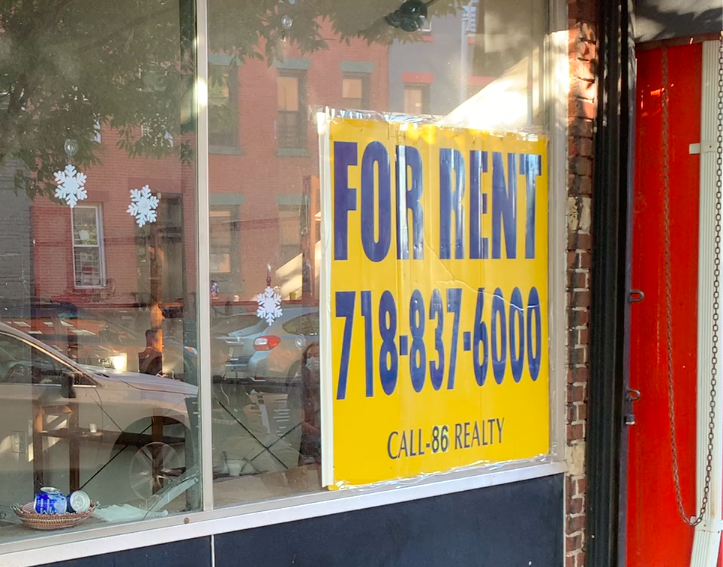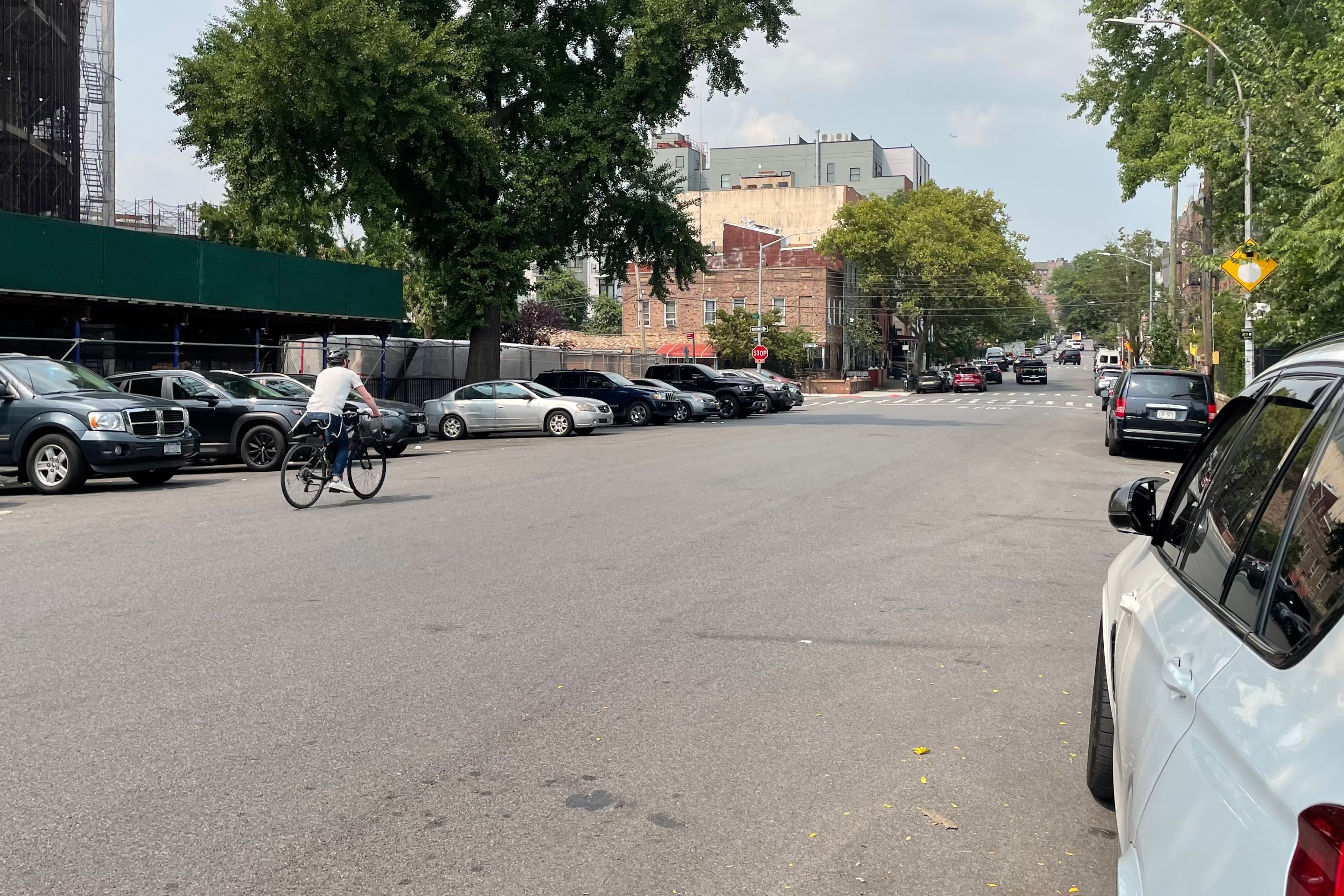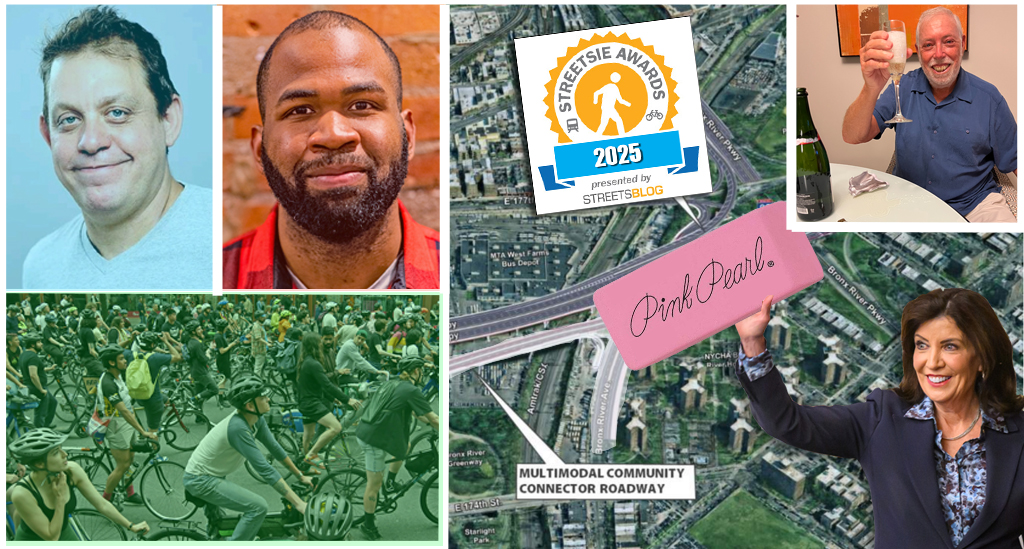Mayor de Blasio announced on Wednesday an expansion of his popular open restaurants program to include retail stores, that have been so decimated by the COVID-19 pandemic — though retailers can not set up in the curbside spaces as restaurants can.
Promising a streamlined application process, Hizzoner said retailers would be able to hawk their wares on the sidewalk to boost sales, which will be so critical as the holiday season arrives. Retailers whose shops are on existing open streets or open restaurant streets can operate in roadway spaces.
"It's inspired by open streets, but it's different than open streets; [it's] focused on sidewalks," he said.
The mayor had been under pressure from such civic groups as City Rise, and local business improvement district leaders, who have been calling for repurposing roadways for retail, so this is a partial victory for such groups.
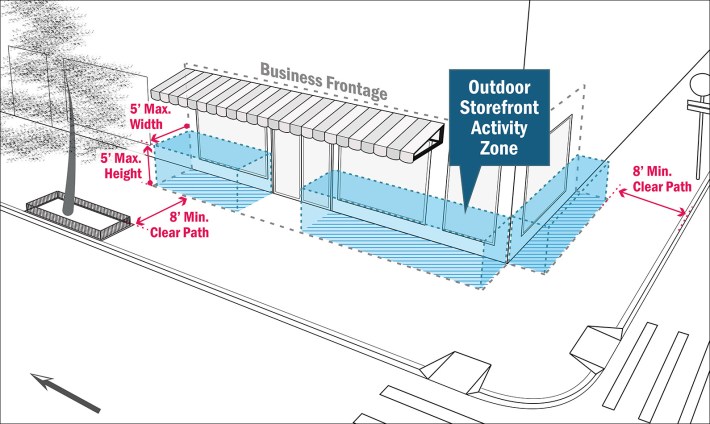
Roughly 70 percent of a retailer's income comes from this period of the year, said Small Business Services Commissioner Jonnel Doris, whose agency is sending out 220,000 emails to business owners today.
The move also comes as Mayor de Blasio has urged New Yorkers not to travel during the holiday season.
"Please buy local," he said.
The program does nothing to support street vendors, as their advocates quickly pointed out:
40,000 retailers with the opportunity to vend outside with 'Open Storefronts'
— Street Vendor Project (@VendorPower) October 28, 2020
10,000 restaurants accessing 'Open Dining'
Where is the lifeline for our smallest biz? #intro1116 calls for 4000 food vendor permits over 10 yrs. @NYCMayor stop excluding street vendors from relief. https://t.co/3BKJWp2l15
Under questioning from reporters, the mayor said the goal is to maximize retail space, but also to keep people safe by allowing them to shop in the open air, which has proven to be safer against the virus than being indoors.
Doris said businesses could use collapsable umbrellas and tents, all of which would have to be taken off the street by the end of the day. Businesses must allow eight feet of space to allow for unimpeded passage of pedestrians.
Another reporter asked about the alleged difficulty drivers are having finding parking, but de Blasio dismissed the question because roadways themselves will not be available to retailers.
"Businesses will be utilizing only the space at their stores," Doris added. DOT Deputy Commissioner Margaret Forgione said "there will be no impact in the roadway," and said the onus will be on business owners to make sure "pedestrians can keep moving" (evidence that this program is intentionally privileging drivers over pedestrians).
Details were provided on the Department of Transportation website. Businesses can apply here.
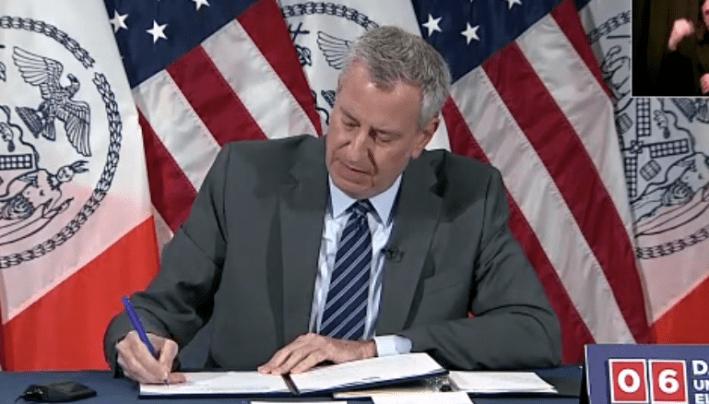
This is a breaking story. Check back later.
